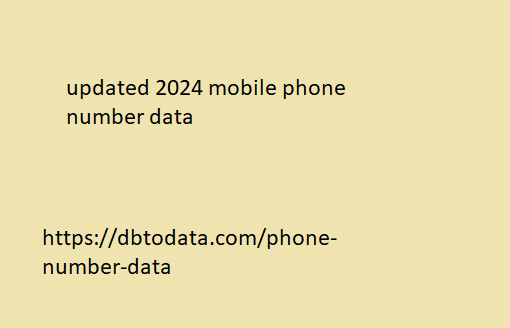This is a guest contribution from Larry Alton.
Have you ever lost something important? Maybe your computer froze just before you hit “save” on a document, or maybe a sudden accidental coffee spill fried your hard drive.
Whatever the problem may be, without a backup of information contained on a hard drive – either using external hardware or a cloud subscription – you have to rebuild from scratch.
When it comes to managing a website, the loss of such information causes more than just a headache for you. It can also make important personal data vulnerable to cyberattack.
One of the benefits of working with WordPress is that you have a multitude of options for data recovery should the unthinkable occur. Unfortunately, many bloggers don’t understand why these security measures are important – or what they even do. It’s time to change that outlook.
What Is a Backup and Disaster Recovery Plan?
A backup and disaster recovery (BDR) plan lays out your strategy for dealing with any problem that could compromise your blog’s data, security information, and/or uptime. A good BDR plan will comprehensively describe how you will recover from a variety of problems – as well as how you will take precautions to (hopefully) prevent these problems from happening.
Features of a Good BDR Plan
If your site suddenly went offline, what updated 2024 mobile phone number data would you do? It’s a little more complicated than just hitting the restore button on your backup widget. Your BDR plan should be flexible, including a smart combination of data backup with additional security features to protect that data. Let’s break it down a little further.
- Backup Tools. Make sure you have at least one backup version of all your information – and that all backups are up to date. Use automated, scheduled backups to copy your information to an external disc or to your cloud storage account. Then, make sure you have the right settings in place should you need to restore your entire site from a backup.
- Security Tools. It’s not enough to have a carbon copy of all your site data on hand. One of the most common potential disasters is a cyber-attack, which may require you not only to fully restore your site from previous backups but also to ensure the backups themselves have not been compromised.
Let’s break it down even further.
Part 1: A WordPress Backup Checklist
Any WordPress user knows that this site vi devus rezisti la emon uzi vian building and blogging platform has a number of quirks. It’s important to know the ins and outs of every aspect of your site, just in case you need to put a backup plan into action. Here’s a handy checklist to make sure you’re covered:
- Track your software logs. Any good backup software will include audit logs – which you can use to track everything that’s happening clean email in the background of your blog’s operation. Boring as it may seem, reading your logs on a regular basis will give you a sense of what “normal” looks like. Should something go awry, these logs can provide invaluable diagnostic information, allowing you to identify what caused the problem.






